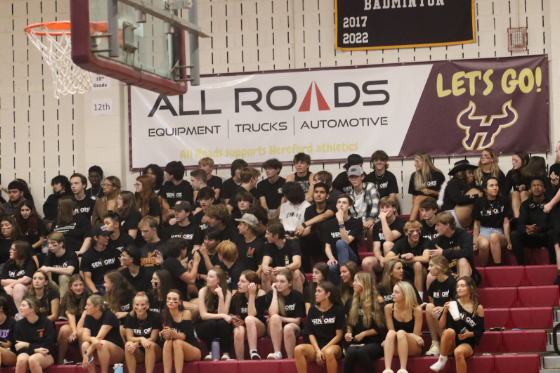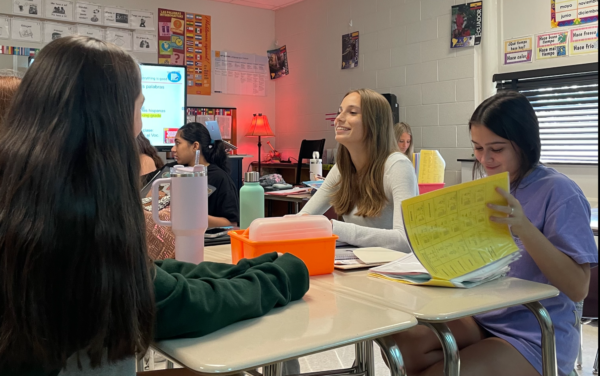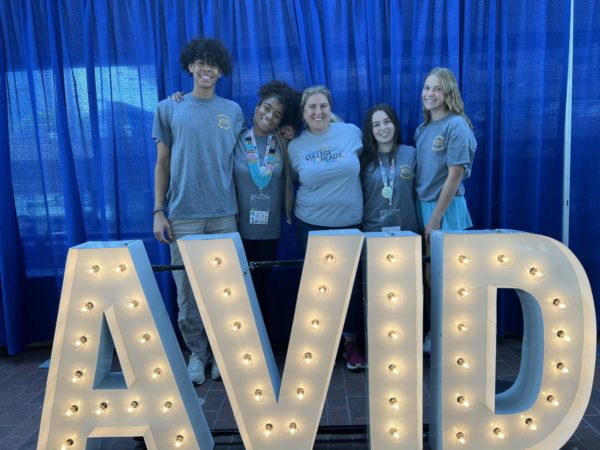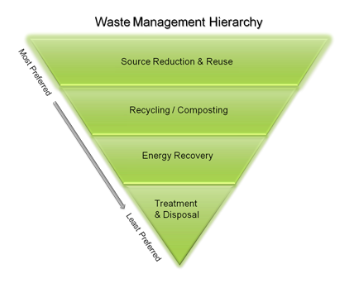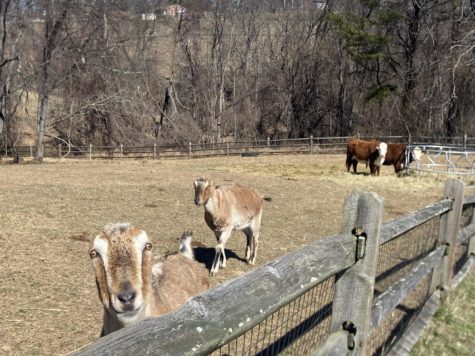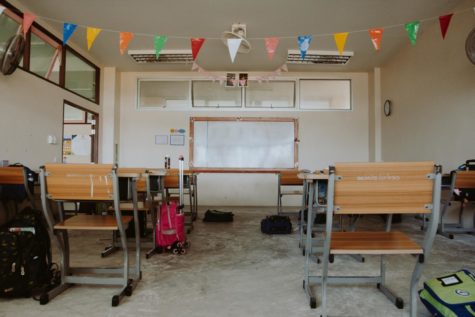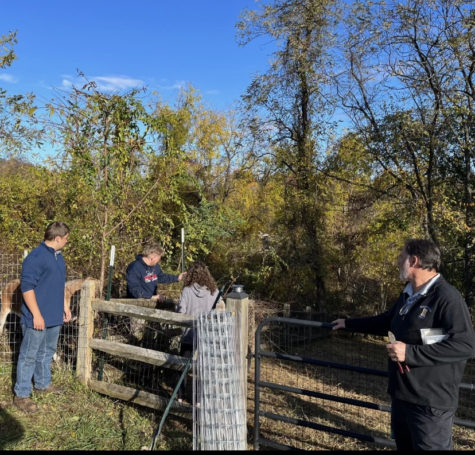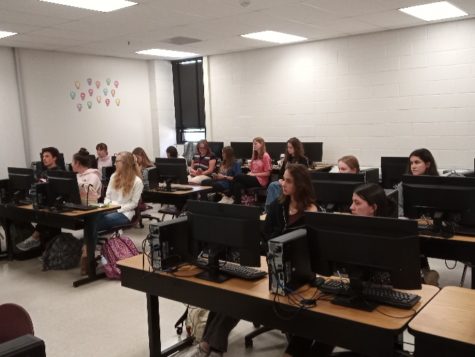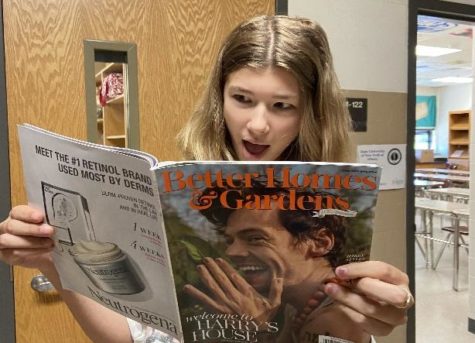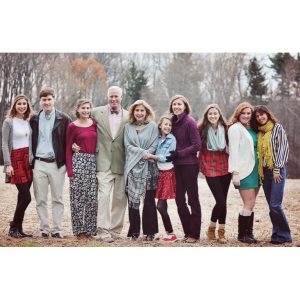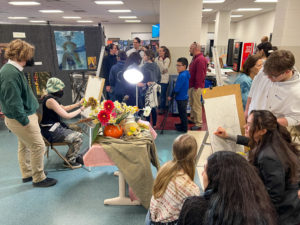Living large: Students with big families give perspective
March 14, 2018
According to census.gov, the average family consisted of 3.7 persons in 2017. But what about the families who are not average? Emma Fox (’20), Corinne Zibell (’19), and Ellie Clark (’21) all come from large families.
How do large families function differently from smaller ones? Having many siblings means you have several responsibilities to keep the house in shape. Fox is one of six sisters, with her being the second oldest.
“I have to set a good example for all my younger sisters; I have to care for them and usually pick up after them,” Fox said.
Setting a good example for younger siblings is important, Clark, being one of the youngest, said she admires her older siblings.
“[I look up to] their success and their jobs, because through college they made lots of connections,” Clark said.
Zibell, also one of six, says caring for her younger siblings is an important role in being one of the oldest.
“I try to spend time with my two youngest siblings,” Zibell said.
Being the youngest yields different responsibilities, according to Clark, who is one of eight.
“[I] definitely have to keep the house clean and make everyone be respectful to one another,” Clark said.
Adjusting from a few siblings to multiple, Fox said that it happened gradually, but at one point, they ran out of room.
“We had to share rooms. At one point, there were three people in one room,” Fox said.
Although it may seem like siblings would have similar interests, it proves to be extremely the opposite with Zibell’s family.
“I love reading, writing and art, but my one sister loves social media, my other sister loves cats and Minecraft,” Zibell said. “And my brother loves archery and he raises crickets.”
Fox also has a diverse amount of hobbies and interests, including her siblings.
“I’m pretty athletic and some of my sisters are more musical and artistic, and my one sisters is really into fashion,” Fox said.
Hobbies aren’t the only thing that keeps these families occupied. Vacations or trips are something they all enjoy, but according to money.com, a vacation for a family of seven is close to the price of a used car.
“When my parents got divorced, we started splitting up trips, so my dad would take the older kids to Massanutten or take us on individual ski trips,” Zibell said.
Not only are vacations expensive, everyday things like grocery items can amount to the same price as a new iPhone.
“We have to take about 6 trips to the grocery store every week,” Clark said.
As routine as this may seem, large families are not always organized.
“If we all wake up at the same time [on weekends], it’s constant yelling ‘get out of the way’ and ‘I need the bathroom’,” Fox said.
Even if having a large family seems stressful and expensive, there are many benefits to living in such a large household.
“Having a big family is great because it teaches you to be responsible and self-reliant and a better example for your siblings,” Fox said. “Your siblings become your closest companions and the ones you can always go to first for comfort, advice, or support.”

Ellie Clark (’21) and Jane Clark (’19) pose for a family photo. Ellie Clark said she looks up to her seven older siblings and strives to be successful like them.
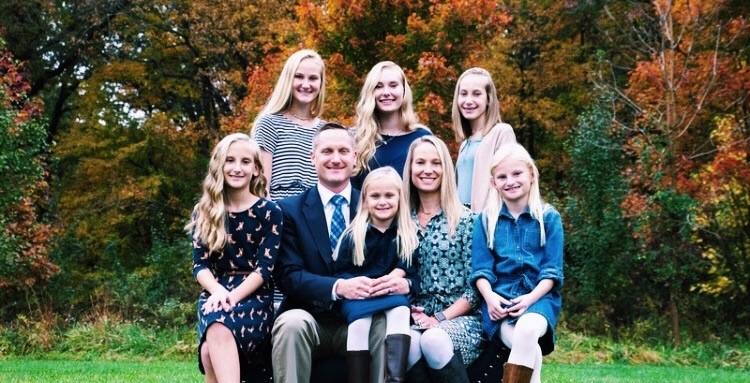
Emma Fox (’20) is one of six sisters. “Your siblings become your closest companions and the ones you can always go to first for comfort, advice, or support,” Fox said.



